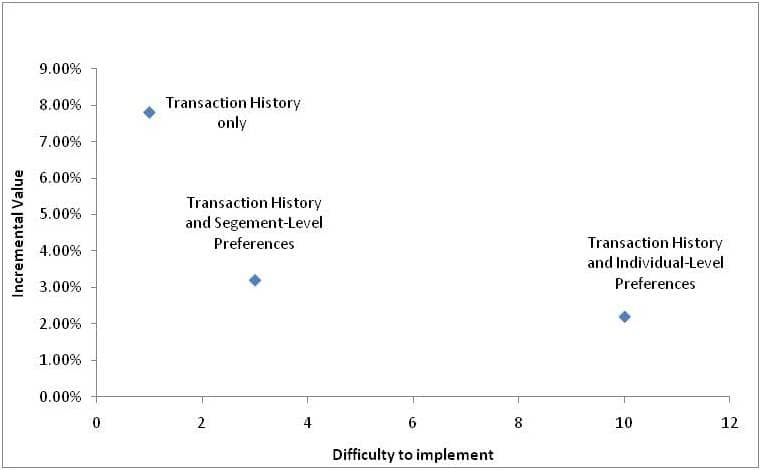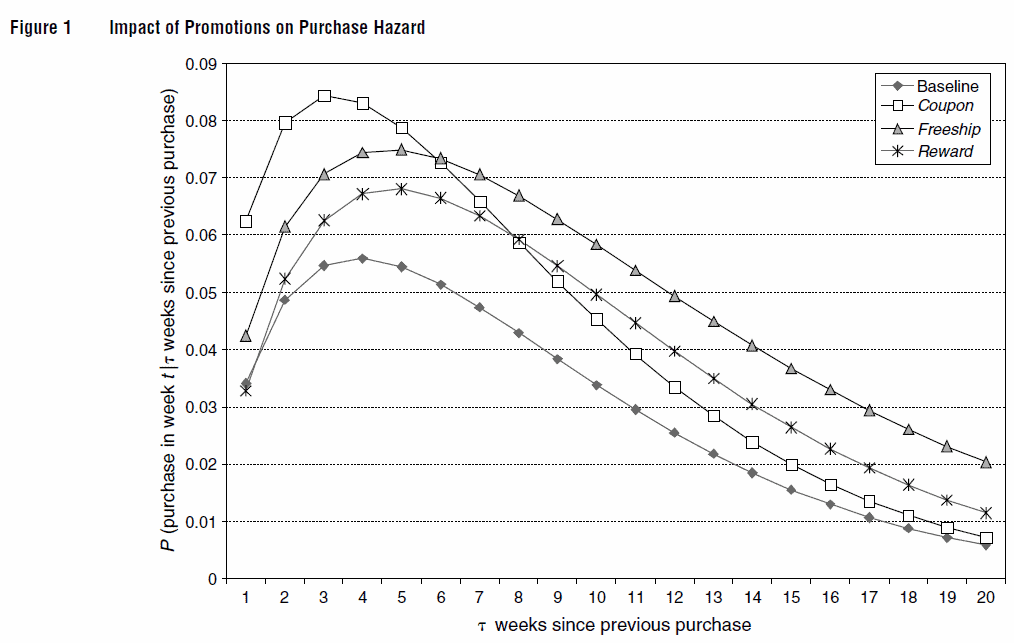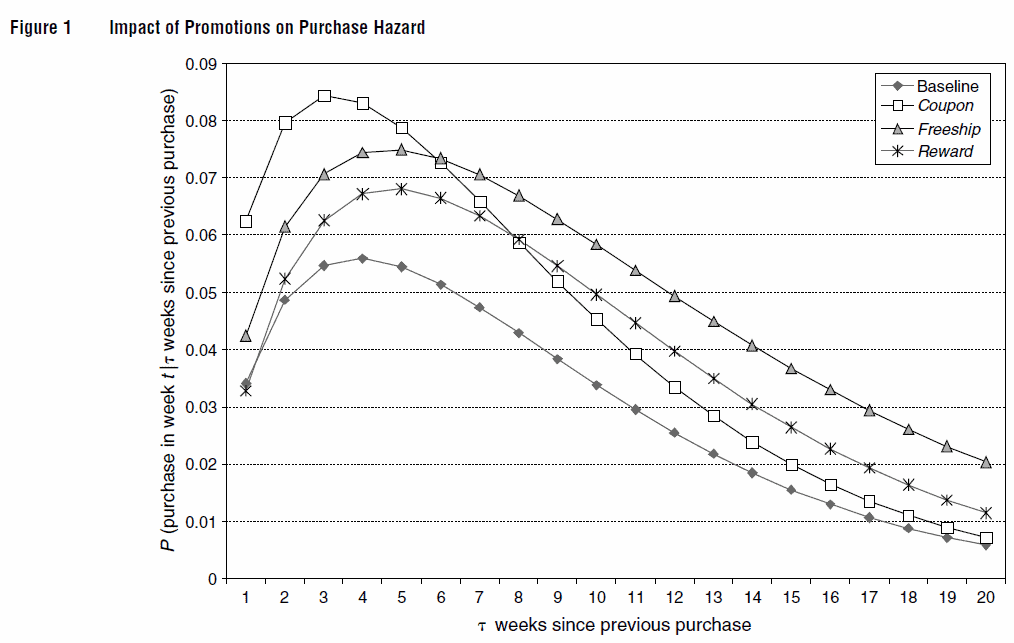Some time ago, I posted an answer to a question asked by a retail client; “If the offers are always relevant, does it matter to customers how often I send them?” The post was on Strike a Chord.
At the time, I talked briefly about the fact that relevance is not independent of the customer’s position in their buying cycle. What is relevant depends on when they are ready to buy. While a “relevant offer” will appear as spam when they are not ready to buy.
The team at Genroe have just finished reviewing a great publication that points to how we should answer this critical marketing question.
Published in Marketing Science (and reviewed by Jim Novo on his blog) Khan, Lewis and Singh look at the relative payback of getting the timing of an offer right versus getting the content right. ‘Dynamic Customer Management and the Value of One-to-One Marketing’
Gold – in my modest opinion. As an advocate of ‘latency’ based campaign planning and targeting, especially in retail, I find this is a great piece of research (and no, not just because it supports my bias).
I commend the paper to anyone who has ever wondered about the unchallenged mantra of 1to1 Marketing – that individual-level marketing is more profitable than segment- level or mass marketing.
The paper contains some ‘interesting’ mathematics for the calculus-challenged like me. At the risk of over-generalizing, and in plain English, Khan and colleagues looked at the sales data from an online grocery and drug retailer and found;
- Customised promotions gave better increases in revenue and profits than ‘one size fits all’ promotions (phew)
- The benefits of getting the offer timing right were larger than the benefits of customising offers for individual customer differences. Specifically, allowing for different shopping intervals delivered a 7.8% profit lift over baseline, adding individual content gave an incremental 5.4% lift. That means that “…more than half of the benefits from individual-level customization can be captured by accounting for temporal [aka timing] purchase cycle factors,” alone.
- Doing segment-level targeting rather than individual customer targeting does lower returns, but, arguably, not enough to justify the additional analysis required for individual-level customization. In the study, they saw a marginal decrease of 2.3% when they moved from individual to segment level targeting… But to be clear; “…segment-level optimization is still based on individual-level information. Customers are clustered based on similarity in their individual-level parameters and transaction history measures.”
- In many cases, ‘…offering no promotion is better than offering the wrong promotion.”
For most of our clients, it is considerably easier to determine when a customer is due back, than it is to predict what they will buy next. It is much easier to predict next visit date than to derive ‘next best offer’.
This research shows that this may not be as big a problem as us 1to1 marketers suspected after all.

The study looked at the relative impact of discount vouchers, free shipping and loyalty program rewards. It is definitely worth taking a look at this chart, even if you do not study the paper; does it give you any ideas?

